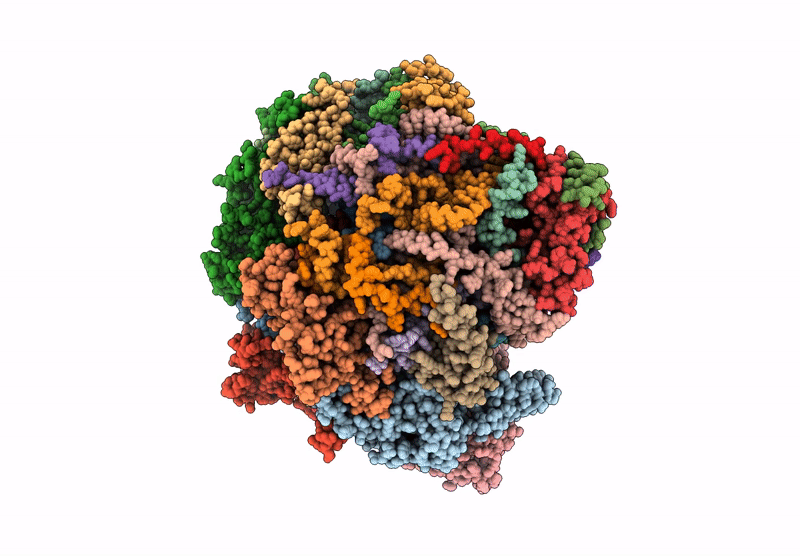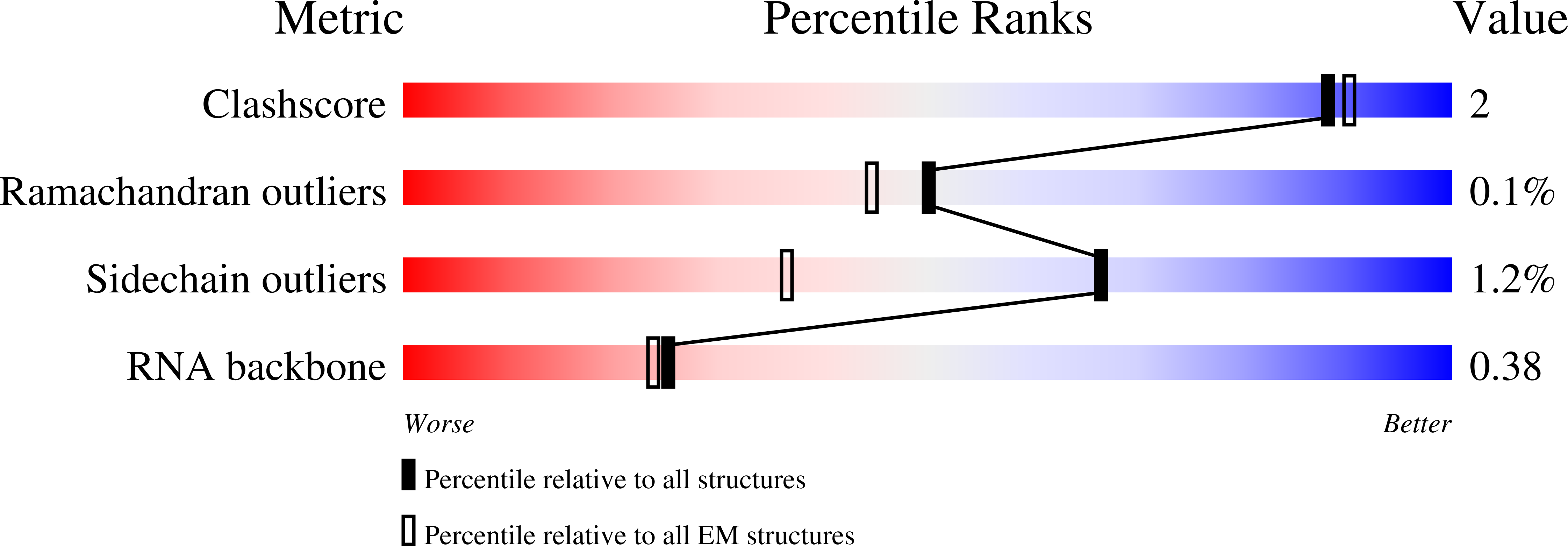
Deposition Date
2024-05-28
Release Date
2024-12-11
Last Version Date
2025-01-01
Entry Detail
PDB ID:
9FI8
Keywords:
Title:
SSU(head) structure derived from the SSU sample of the mitoribosome from T. gondii.
Biological Source:
Source Organism:
Toxoplasma gondii (Taxon ID: 5811)
Method Details:
Experimental Method:
Resolution:
3.60 Å
Aggregation State:
PARTICLE
Reconstruction Method:
SINGLE PARTICLE


